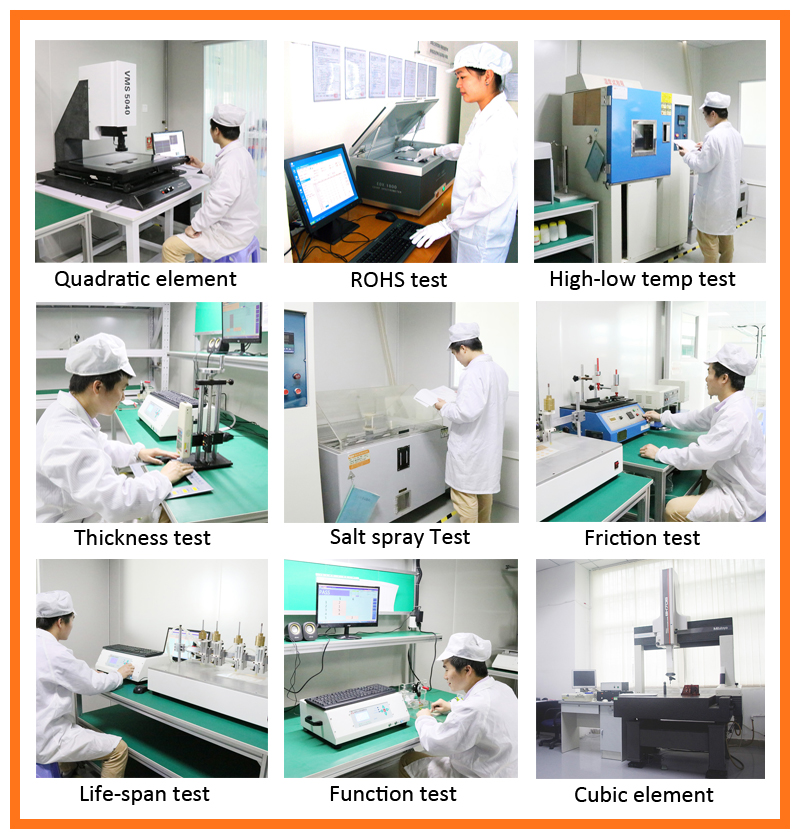
 Tel: +86755-27523807 +8613715205860(wechat/whatsapp)
Tel: +86755-27523807 +8613715205860(wechat/whatsapp) Email: jcf@jcftechnology.com
Email: jcf@jcftechnology.com

 Tel: +86755-27523807 +8613715205860(wechat/whatsapp)
Tel: +86755-27523807 +8613715205860(wechat/whatsapp) Email: jcf@jcftechnology.com
Email: jcf@jcftechnology.com
In appearance, the membrane switch panel should not have obvious defects, such as lack of strokes and different thickness of characters; stains, light transmission points, deinking, stains, and scratches in the background color blocks; transparent windows are not clear (F150 and F200PET printing Special attention to UV window liquid), glue overflow, residual glue, etc.; no offset phenomenon (printing offset ≤0.15mm; upper and lower line key combination offset ≤0.3mm; circuit and key sheet, graphic overlay and film button Combination offset ≤ 0.3mm; graphics coverage, the blank area around the circuit combination offset ≤ 0.2mm; graphics button embossing and substrate offset ≤ 0.5mm).
Functional testing requires 100% full inspection of the membrane switch, and there should be no open circuit, short circuit, poor insulation, etc.; LEDs with LEDs cannot have LED short-circuit problems, and LEDs with resistors are not welded poorly. The resistance value of each button loop of the membrane switch should not be greater than 80Ω. For the loop length greater than 400mm and the loop resistance with special requirements, it shall be separately specified on the drawing. In a normal temperature and humidity environment, the insulation resistance between conductor lines is greater than 5000KΩ (500VDC for 1 minute). After high temperature and constant humidity test, salt spray test, it should be no less than 2000 KΩ.
The life test requires that a single key is pressed with a force of 2N, and the number of contacts and conduction should be more than 1 million times (for special requirements, it can be tested up to 2 million times). However, check whether the surface of the button is deformed or damaged, peel off the structural layer to check whether the internal structure layer of the button is damaged, whether the button position is abraded, the life test is only a test within a relative time, without considering the actual use time span and use environment The change.
High and low temperature test, stick the membrane switch to the equipment shell, put it in the oven a week later, adjust the temperature to 60℃ constant temperature (±2℃), after 72 hours of high temperature, take it out of the oven and cool down, test the resistance performance Whether it meets the regulations, whether there is any change in the external dimensions, and whether the adhesive layer is cracked. In the same way, put it in the freezer, subject it to a constant temperature of -20°C (±2°C), after 120 hours of low temperature, take it out of the freezer and return to normal temperature, wipe off the surface water, test whether the resistance performance meets the requirements, and whether the external dimensions have changed , Whether the adhesive layer is cracked. For products that require acid, alkali and salt resistance, put the membrane switch into a 5% acid, alkali salt solution, take it out, and then perform high and low temperature tests, and finally test whether the electrical properties and appearance meet the requirements.
